Since before the dawn of time, human beings used animal hides as protection against the elements. With the advent of civilization, however, leather went from a necessary survival method to a culture of adornment. For at least 7,000 years, leather worthing has existed. Today, some of the best leather-made products derive from places like China and India. While the majority of leather products come from animals like cows, buffalo, pigs, and other farm animals, some leather products derive from aquatic animals like seals or even alligators. With the advent of modern chemistry and manufacturing, however, many supposed leather products are, in fact, synthetic. That’s why it’s important to learn methods to tell the difference between genuine and fake leather.
Real leather requires animal skins. From there, the creation of leather goods involves a three-step process. First, leather is prepared for tanning through a process of hair removal, soaking, deliming, bating, bleaching, and pickling. Next, leather is tanned using a variety of methods including vegetable oil or tannins, chromium salts, or emulsified oils. After that, leather is crusted using chemicals to lubricate the material before it’s polished or further glazed. Fake or faux leather, on the other hand, involves the use of chemicals like plastic to exhibit the appearance of genuine leather without its natural imperfections and quality. In this article, we will explore the methods used to tell the difference between genuine and fake leather.
To compile a list of how to tell the difference between genuine and fake leather, 24/7 Tempo consulted a range of fashion, leatherworking, and lifestyle publications including VonBaer, Leather Honey, and Buffalo Jackson. Next, we selected useful tips for spotting the difference between genuine leather and fake leather. After that, we confirmed aspects of the information using sites like Sewport.com and Mahi Leather. (For other fashion legitimacy tests, discover tips to spot fake designer goods.)
Leather Type: Full-Grain Leather
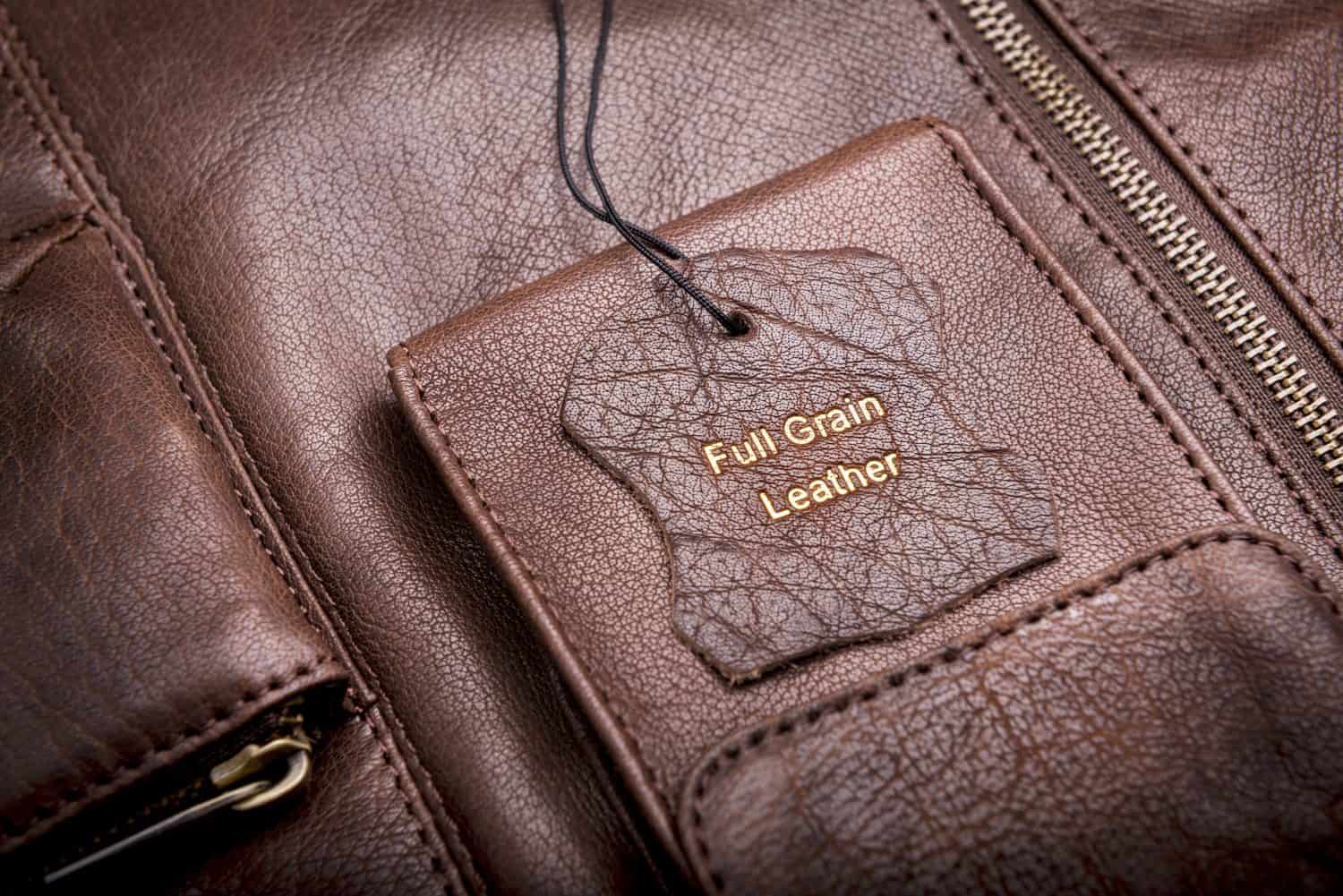
Full-grain leather is considered to be the best quality leather available for commercial goods. Furthermore, it’s usually reserved for the most luxurious and high-end products. Full-grain leather features a smooth finish, very few flaws even with its potentially rough edges, and will develop a characteristic patina as it ages.
Leather Type: Top-Grain Leather
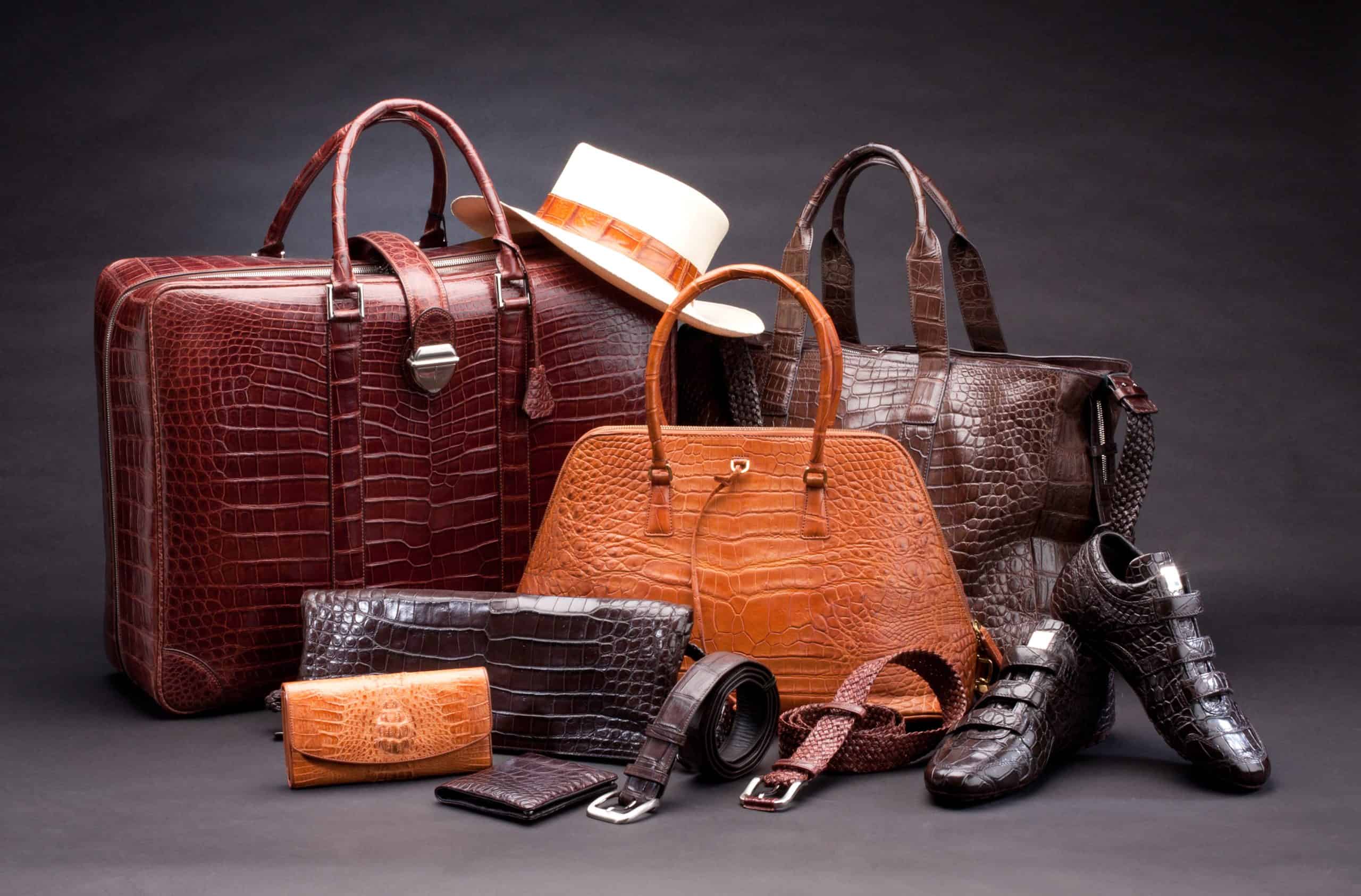
Top-grain leather is considered to be the second-best quality leather type available. While it falls slightly behind full-grain varieties in terms of quality, it still features in many high-end products. It features a slightly thinner quality, usually due to the surface being sanded. This type of leather is most often found in luggage, backpacks, or upholstery used in furniture.
Leather Type: Suede Leather
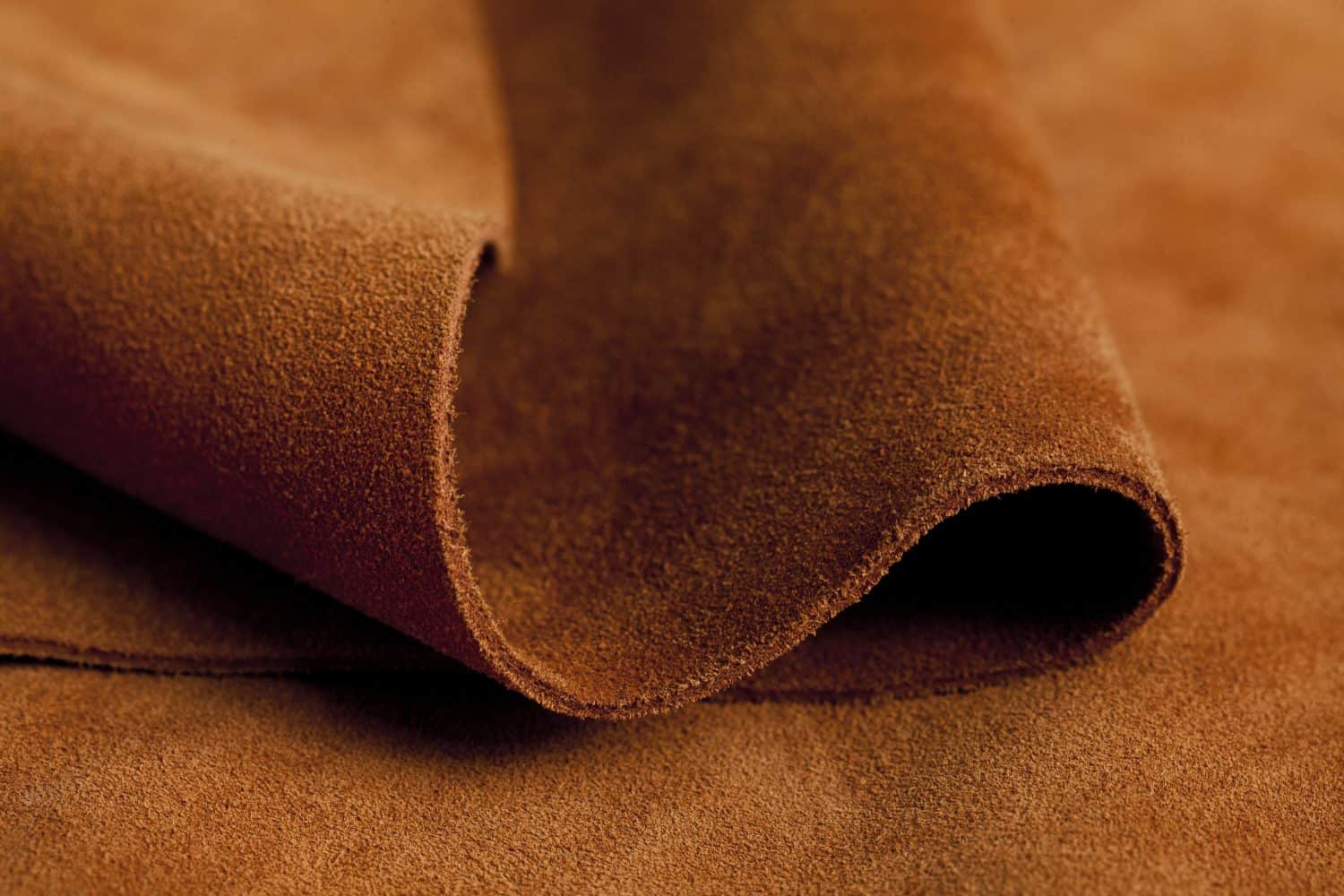
Crafting top-grain leather means separating the top layer (top grain) from the inside. What’s left often becomes suede leather. It’s luxurious-feeling leather, used in everything from coats to shoes—the only drawback for suede is that keeping it nice is more difficult.
Leather Type: Genuine Leather
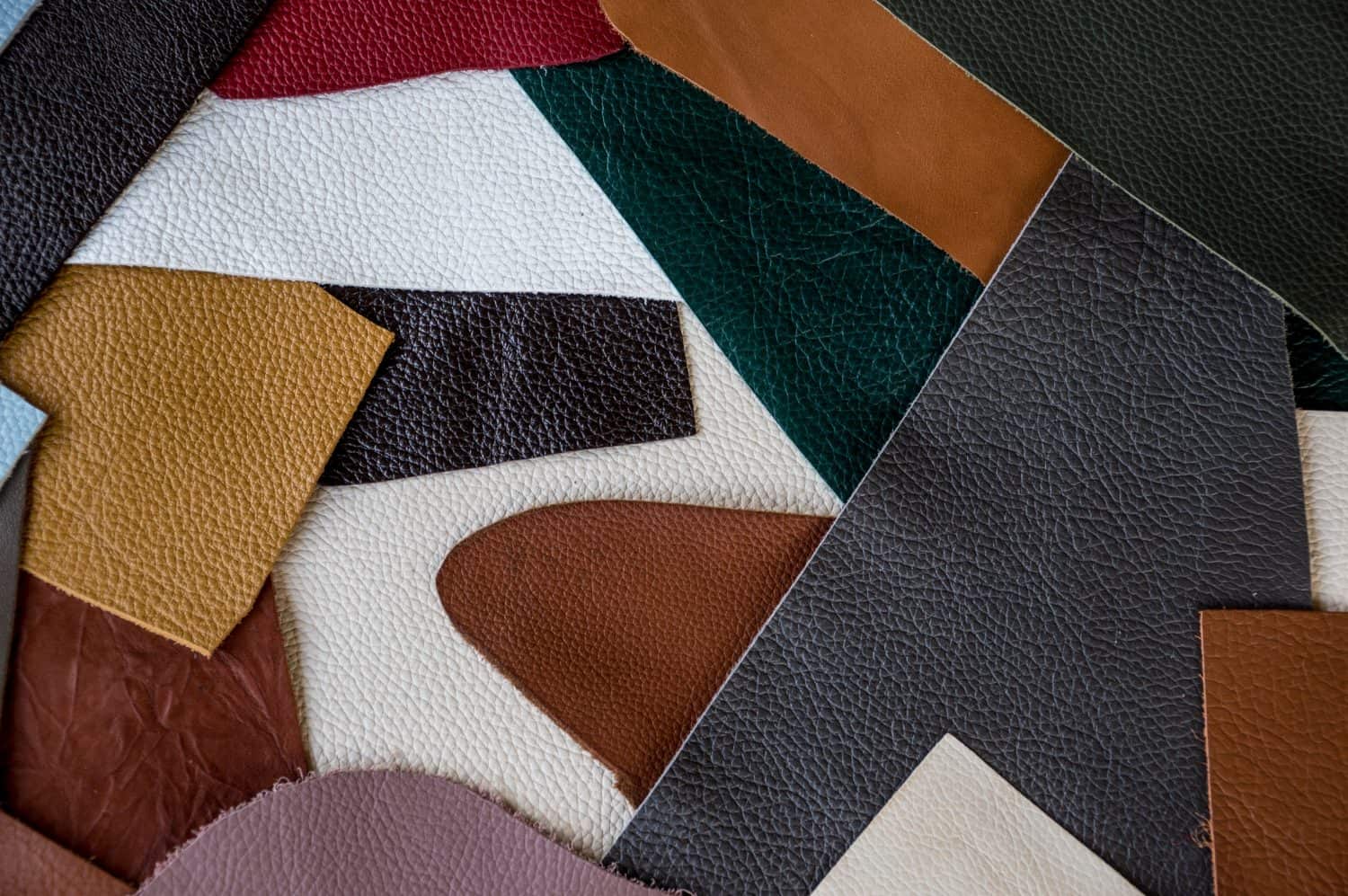
Arguably the worst quality leather is called genuine leather. While of considerably less quality than the aforementioned varieties, it is still used in a variety of products. Genuine leather is often made from leftover scraps of higher-end leather products. This makes them a cheaper option, but they probably won’t last as long as full or top-grain leather varieties.
Leather Type: Reconstituted (Bonded) Leather
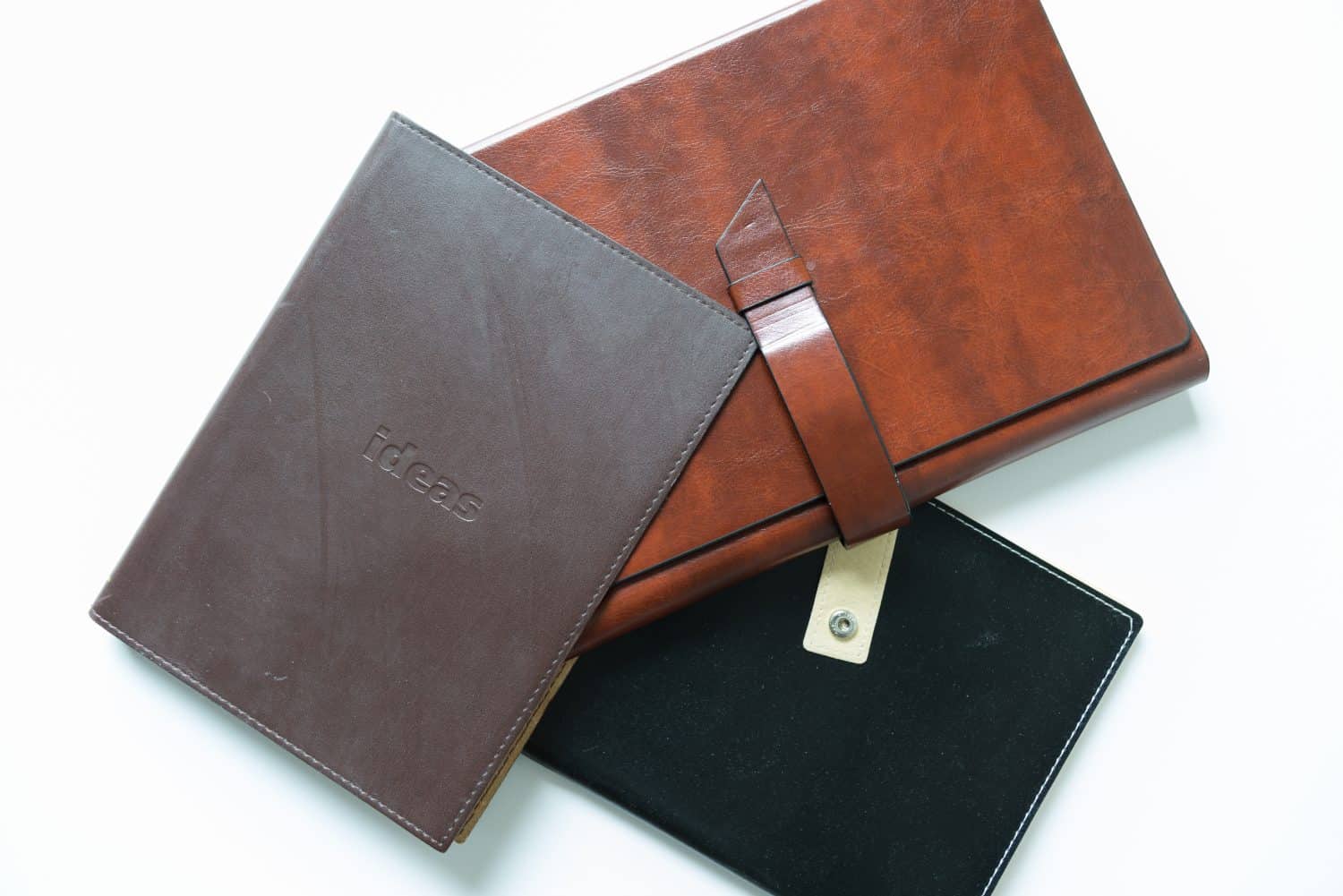
The lowest quality real leather is called either reconstituted or bonded leather. It’s also the cheapest real leather option. Whereas the genuine leather variety uses scraps of higher quality to make up its fabric, reconstituted or bonded leather is made from layers of low-quality leather glued together. While it may be thicker than genuine or top-grain leather, it has the shortest shelf life of any legitimate leather product.
Fake Leather Type: PU Leather
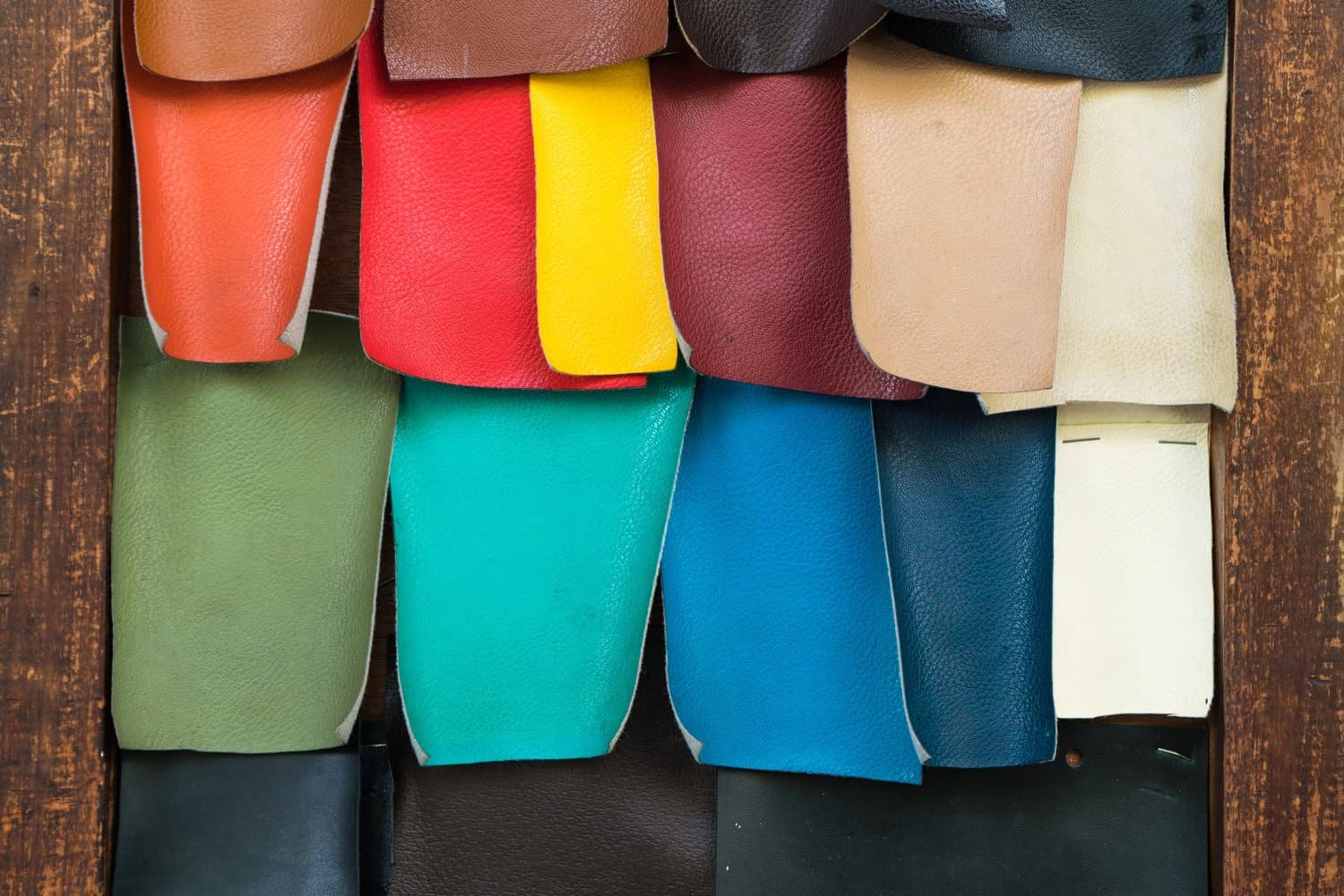
One type of fake leather is called PU Leather. This fake leather derives from the plastic polymer polyurethane. It’s usually created by coating a backing fabric like polyester with polyurethane before treating the combination so it gives off an appearance similar to animal hide. Typically, this is the easiest type of synthetic leather to spot as from a distance, it seems real, but upon closer inspection, it features too consistent of a pore pattern and lacks the elasticity of real leather.
Fake Leather Type: PVC Leather
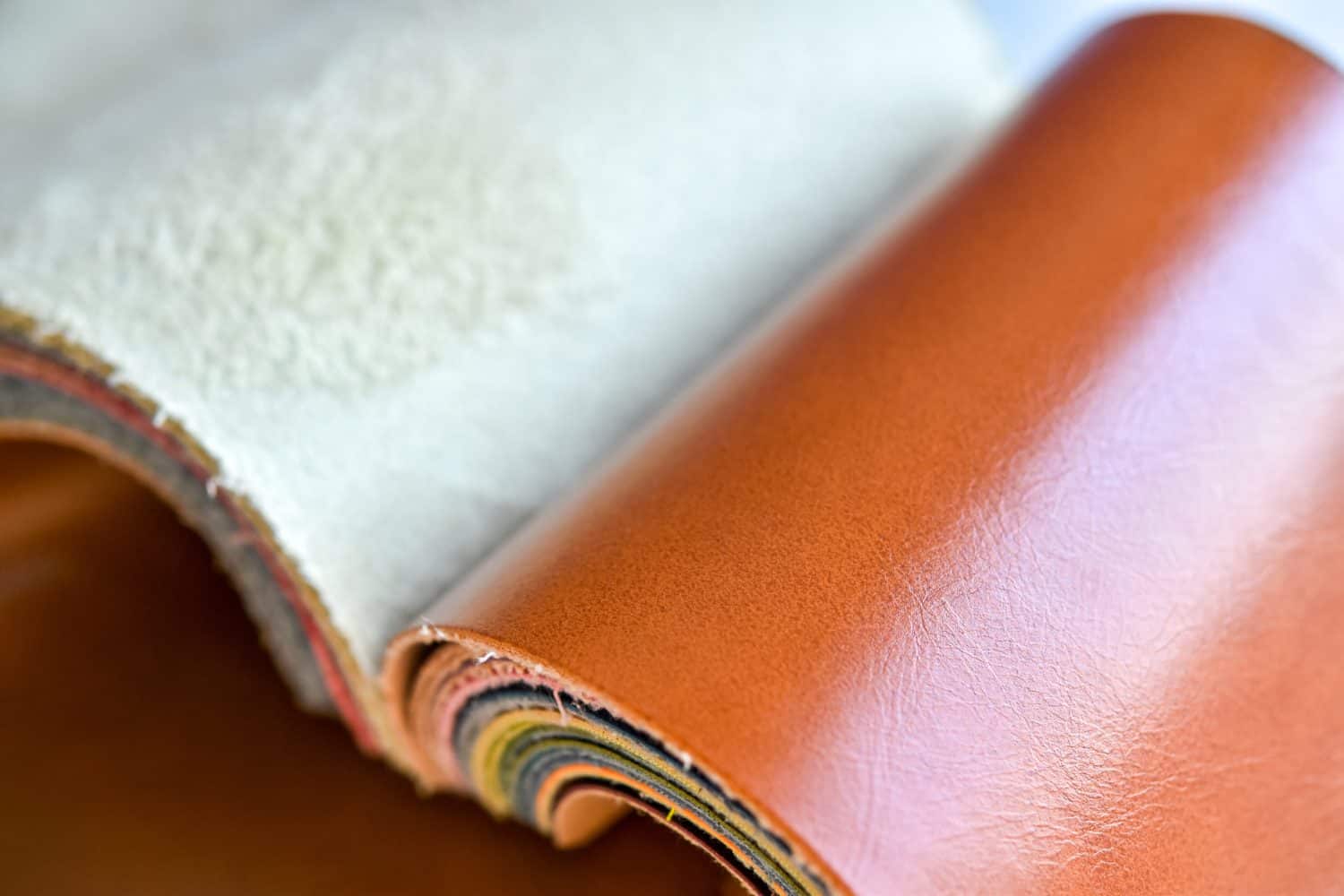
Another type of fake leather is called PVC Leather. This type of fake leather is made through a combination of polyvinyl chloride and a base fabric like polyester. This combination is then topped with a foam or embossed layer before being coated in another type of plastic. While durable, it absorbs almost no moisture. PVC Leather is commonly known as vinyl.
Fake Leather Type: Leatherette
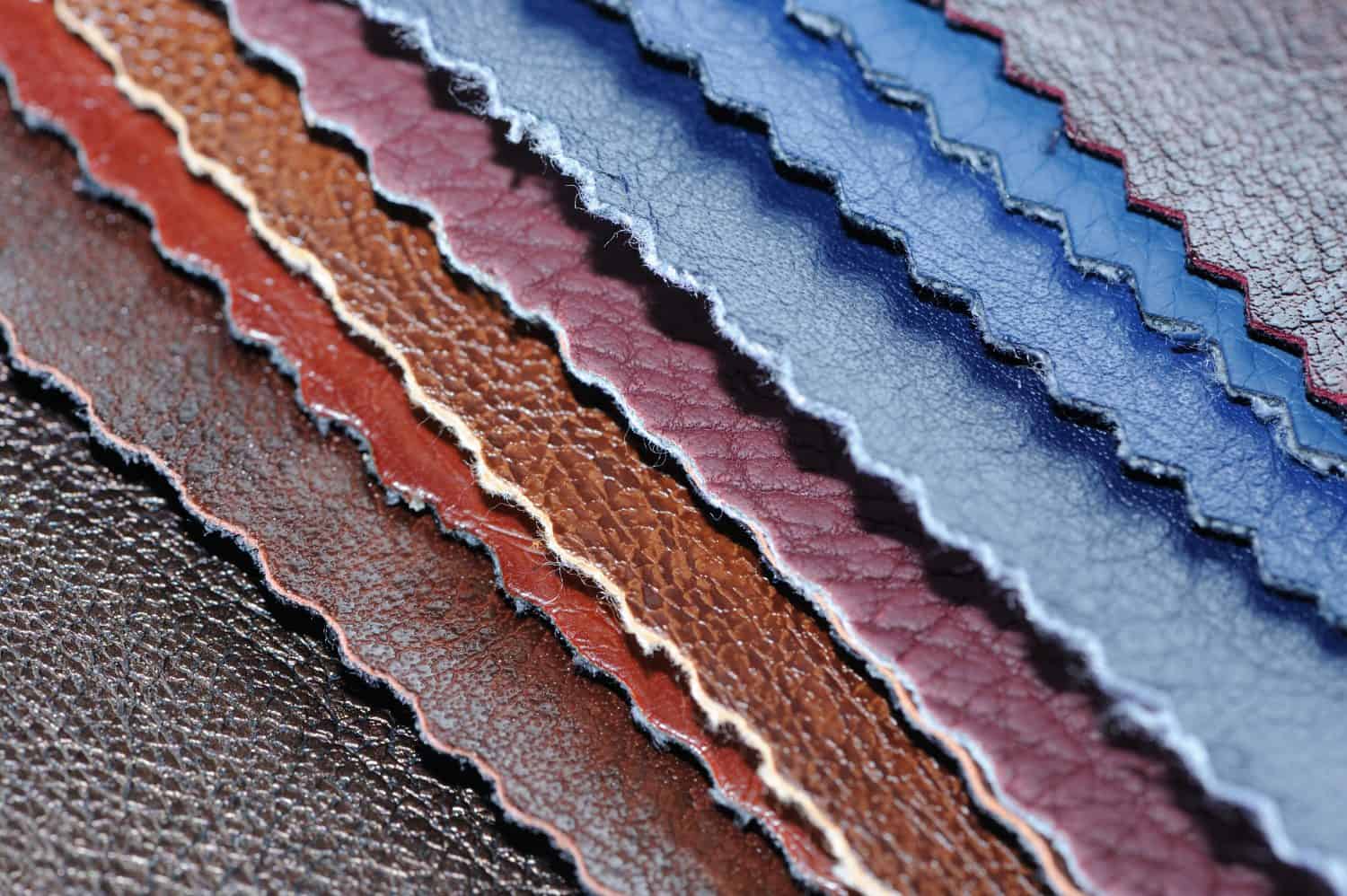
While both PU Leather and PVC Leather synthetic products can be considered Leatherette, this label also stands as a category of its own. While leatherette is usually comprised of the same plastic and polyester combinations, it normally denotes a new form of synthetic less prone to cracking. Leatherette synthetic leather can be seen most often in the upholstery used in car interiors. As a rule of thumb, all PU Leather and PVC leather synthetics are leatherettes, but not all leatherette varieties are PU or PVC leather synthetics.
Fake Leather Type: Vegetable Oil Leather
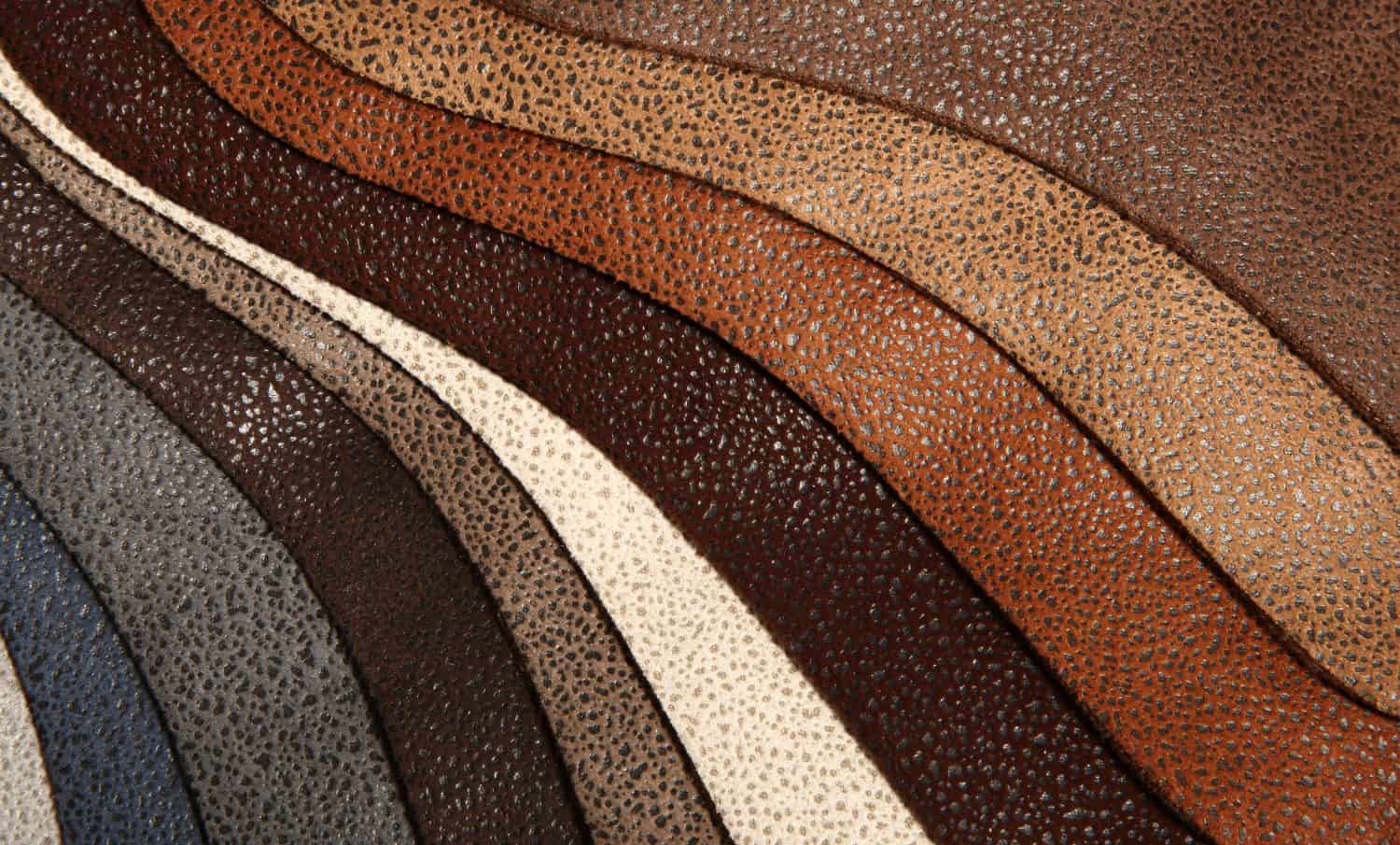
Perhaps the newest addition to the fake leather lineup is vegetable oil leather. Not to be confused with vegetable-tanned real leather, vegetable oil leather is a vegetable-derived leather counterpart with more durability than PU or PVC leather synthetics. While it’s noticeably more expensive than other synthetic leather products, it uses far fewer chemicals so it ends up better for the environment. It’s also vegan. It can be argued that vegetable oil leather, besides being the newest “synthetic” leather available, is the least fake. Many of the top designer bags released these days, such as those made by Haute fashion designer Stella McCartney, are made of vegetable oil leather. Even though they are technically not genuine leather, these bags will cost considerably more than real leather bags of similar quality and style.
Difference between genuine and fake leather
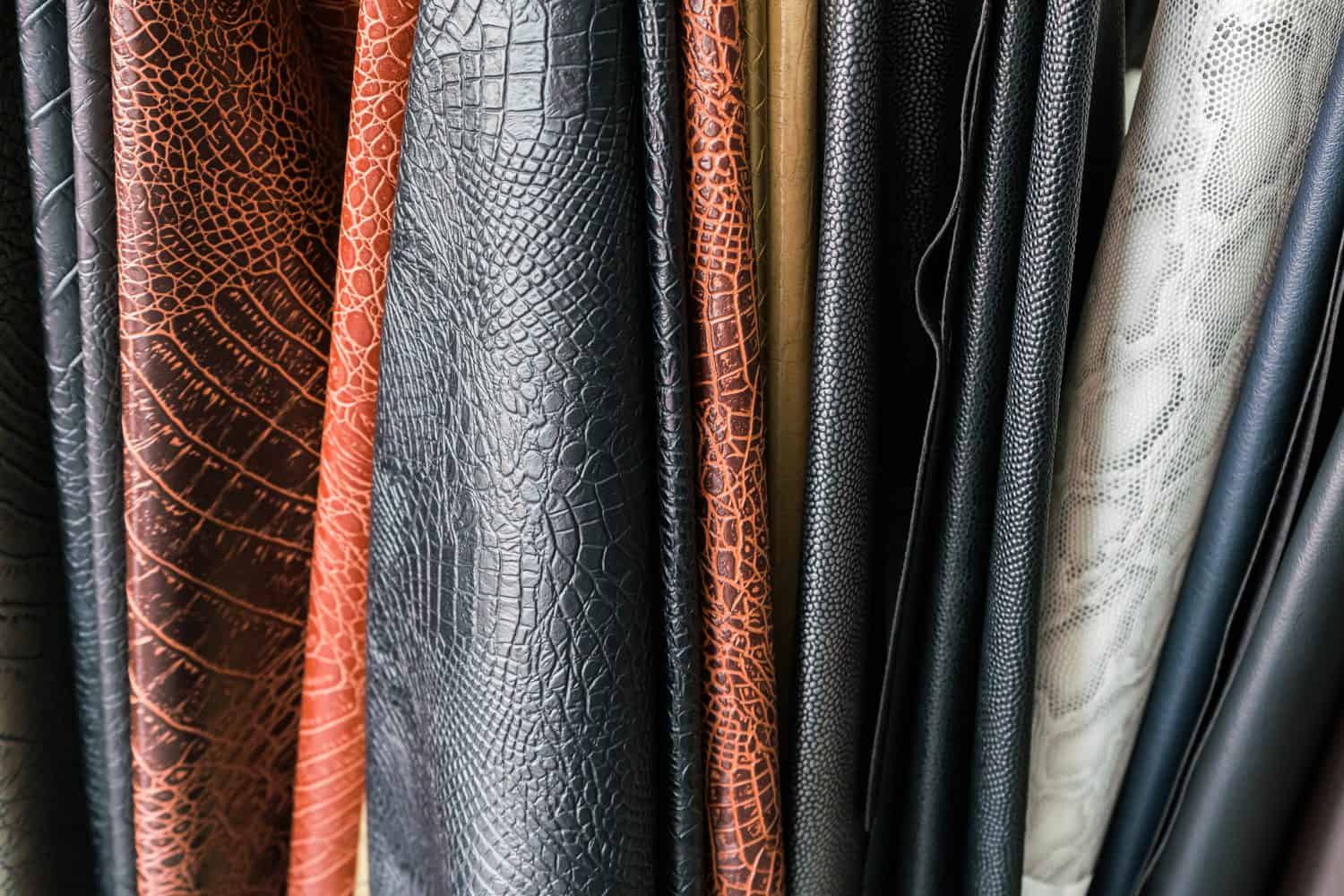
With the advent of different types of leather, fake leather, and everything in between, it can be hard to discern the real from the fake. Fortunately, there are several methods and tests you can use to instantly tell apart the real leather products from the synthetics. While fake leather may look real from a distance, or even up close, many of the best tests for discerning the difference come down to feel, fabric, labeling, and elasticity.
Labeling: Genuine Leather
How the product is labeled is one way to tell the difference between genuine and fake leather. With the proliferation of fake leather and other synthetic leather products, the label on the item can tell you immediately. While fake leather may come with a label, if it includes the words polyester, synthetic, vegan leather, or leatherette, then it isn’t real.
Labeling: Fake Leather
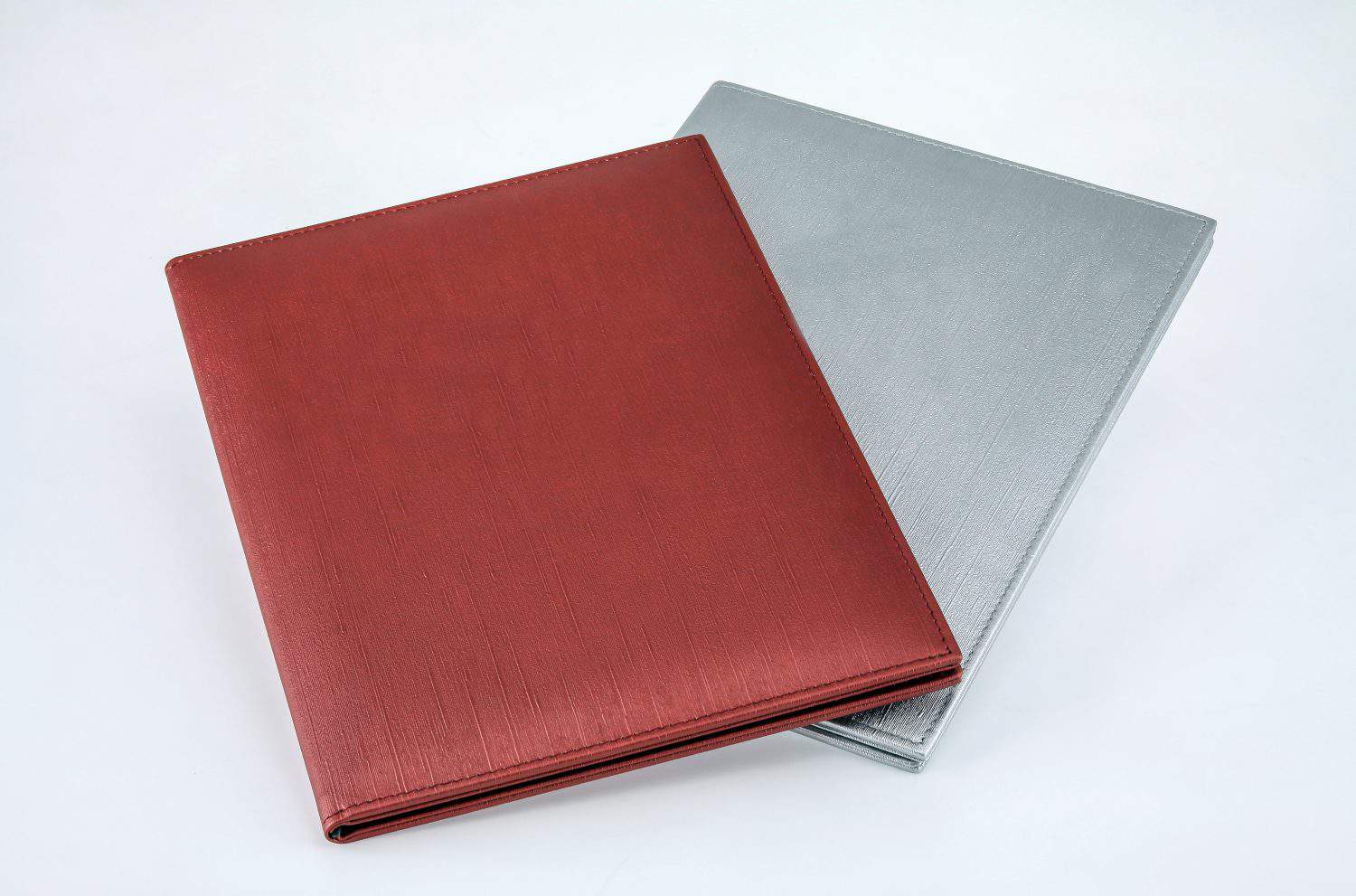
Furthermore, real leather will always come with a label denoting its authentic status. Unless it specifically says genuine leather or vegetable-tanned leather, you’re probably holding a fake. Reading the label on your presumed leather product can immediately tell you the authenticity of the material used.
Fabric Texture: Genuine Leather
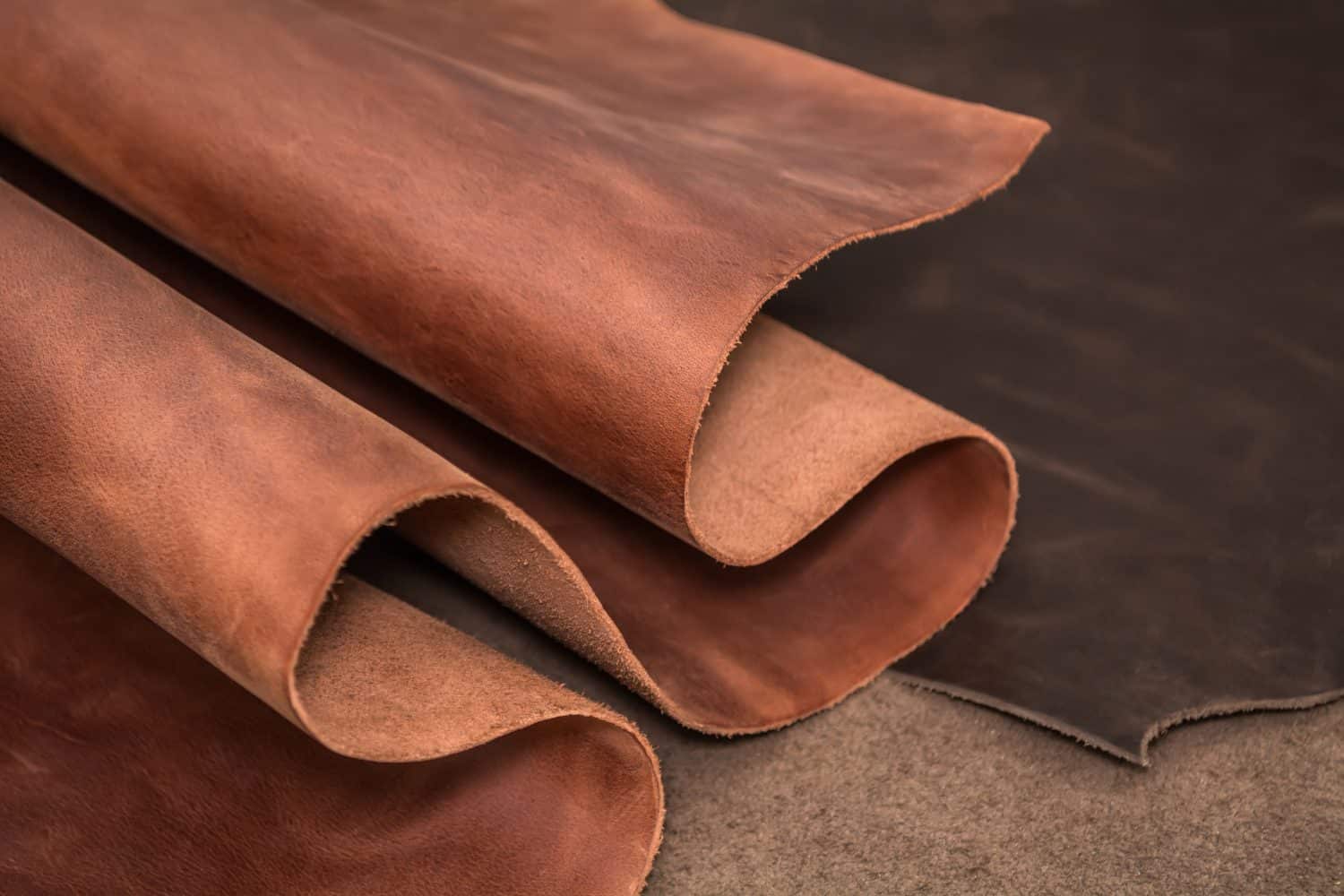
Another way to tell the difference between genuine and fake leather involves feeling the fabric of the material. Real leather feels noticeably soft, with a grainy feeling between your fingers. Furthermore, it’s more elastic and can stretch considerably compared to fake alternatives.
Fabric Texture: Fake Leather
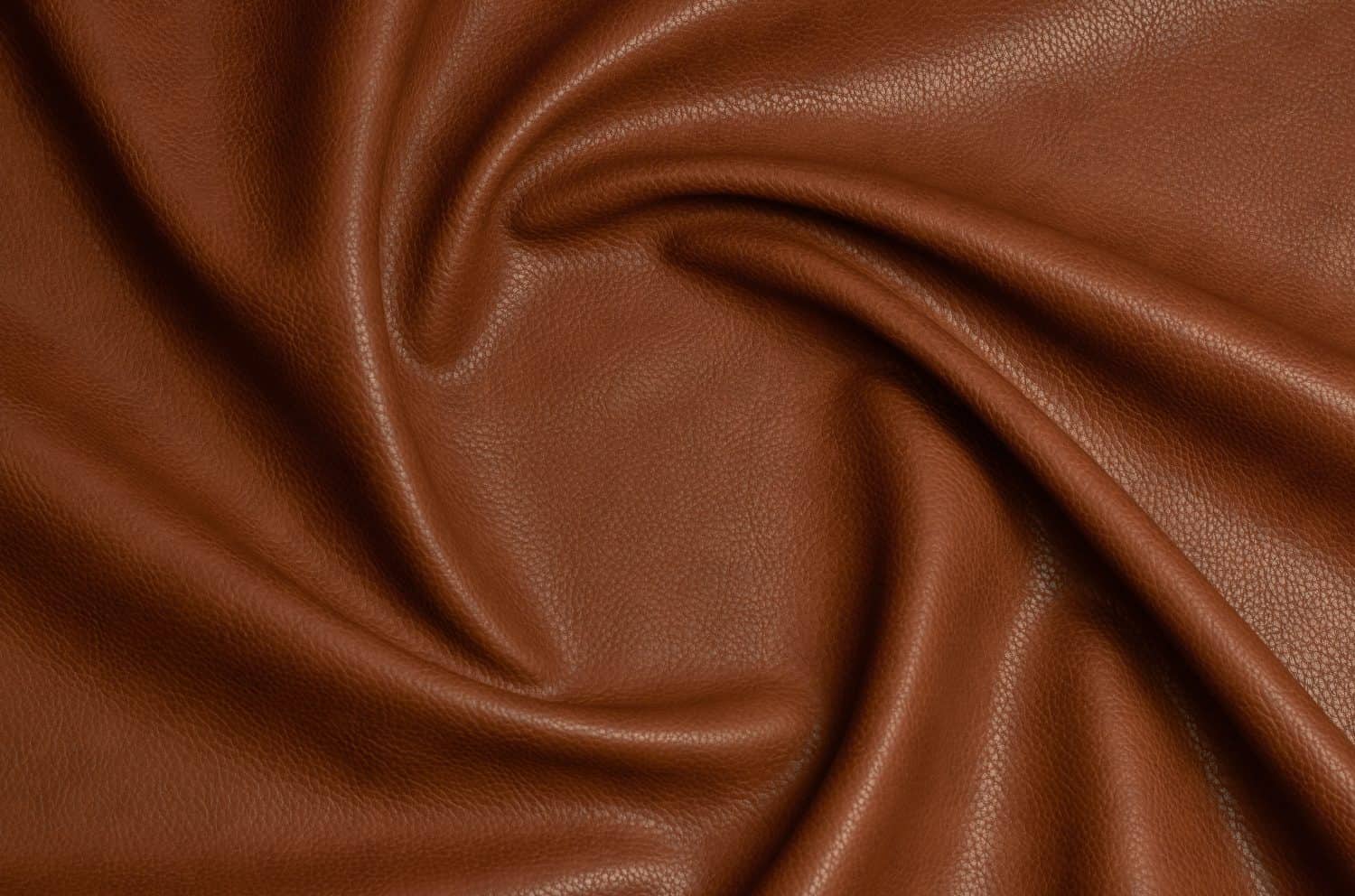
Fake leather, on the other hand, feels almost plastic. Whereas genuine leather will heat with the temperature of your hand, fake leather retains a cold temperature. What’s more, fake leather does not feature the stretchiness inherent to real leather. Instead, it will be more rigid, inflexible, and not stretch with the spread of your fingers.
Smell Test: Genuine Leather
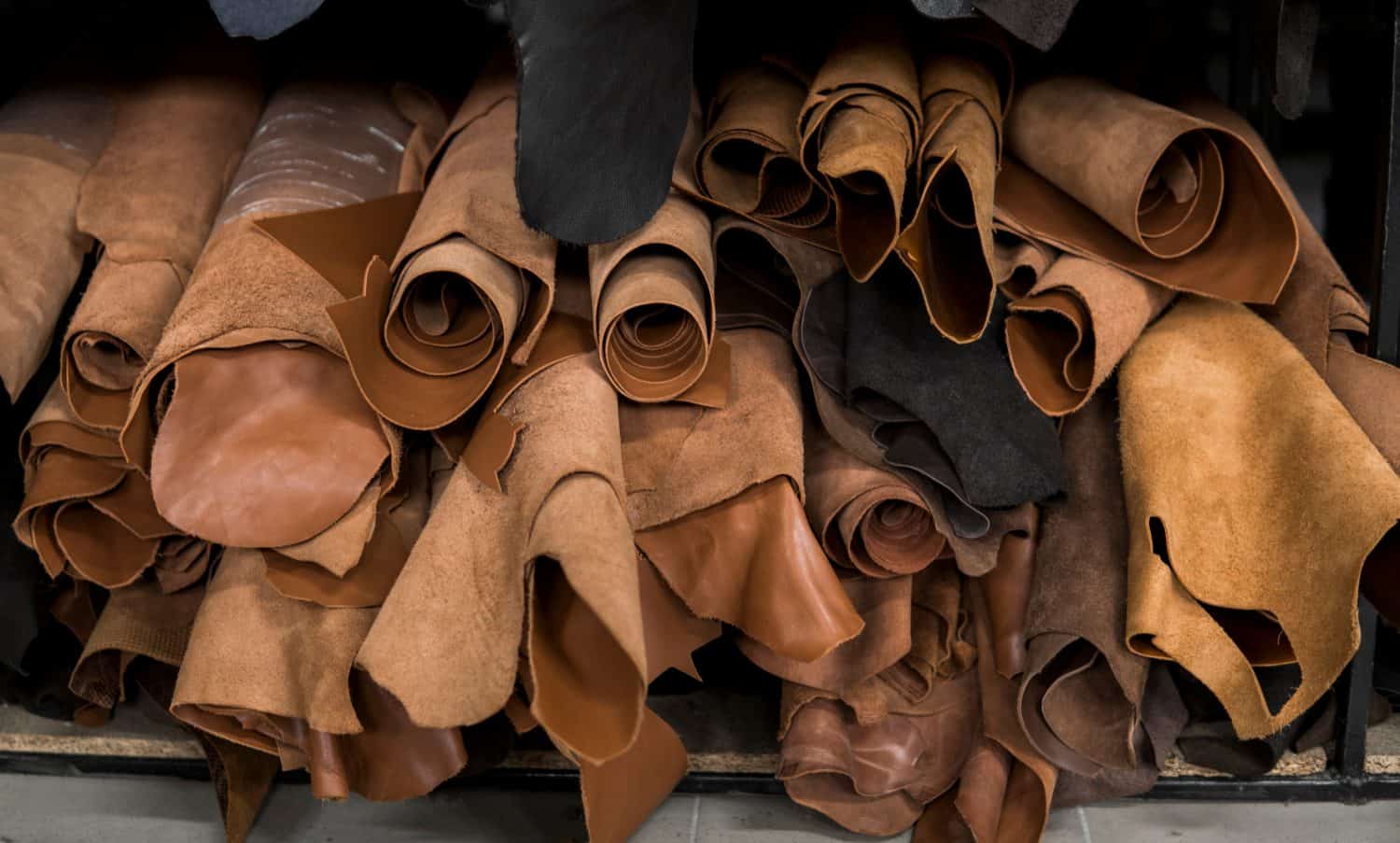
Another way to tell the difference between genuine and fake leather involves something called the smell test. Take your questionable leather product and bring it to your nose. If it evokes a distinct yet earthy smell, it’s probably real. Genuine leather features a woodsy, earthy, or simply leathery smell that’s immediately apparent upon sniffing.
Smell Test: Fake Leather
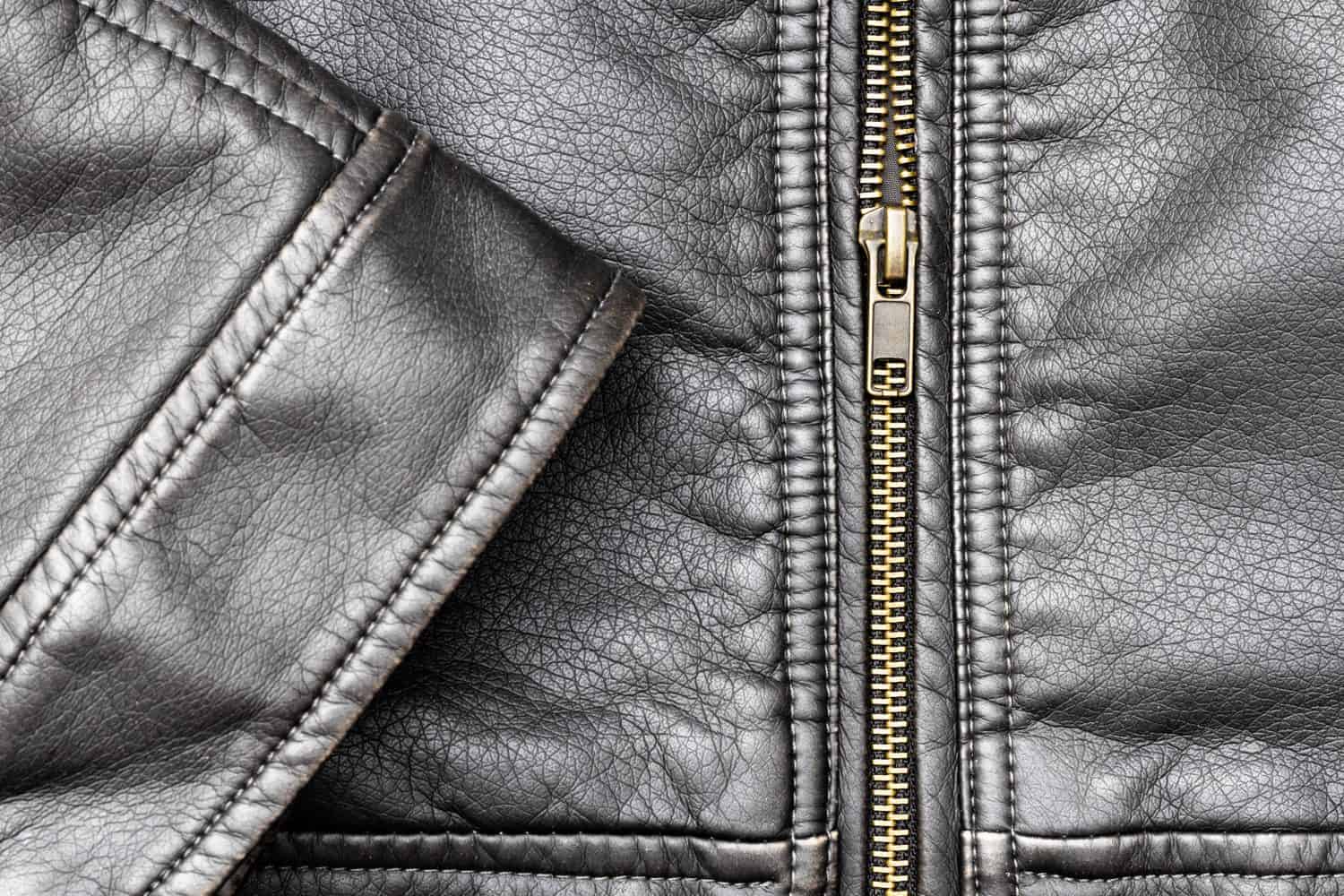
Fake leather, on the other hand, will not feature any of these natural-smelling scents. Instead, fake leather usually features a smell more akin to plastic. While most high-end vegan leather products feature almost no smell at all, other fake leather products will give off a chemically, unnatural smell.
Flame Test: Genuine Leather
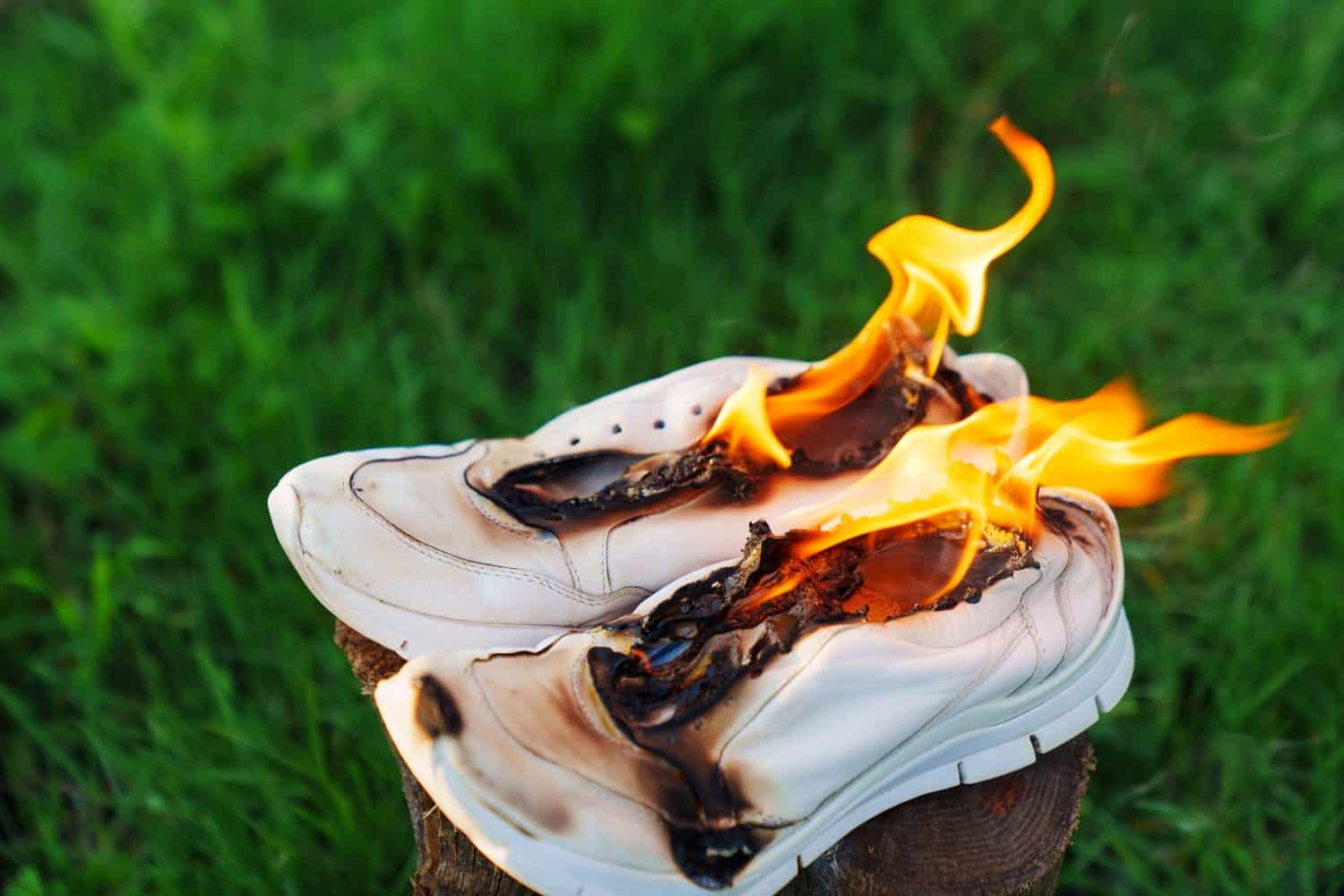
If you’re really desperate to test the authenticity of your leather product, then you can always involve the flame test. The flame test, while it may damage your product, is a sure-fire way to verify the legitimacy of the leather contained therein. To conduct a flame test, simply hold a flame against the fabric for between five and 10 seconds.
Flame Test: Fake Leather
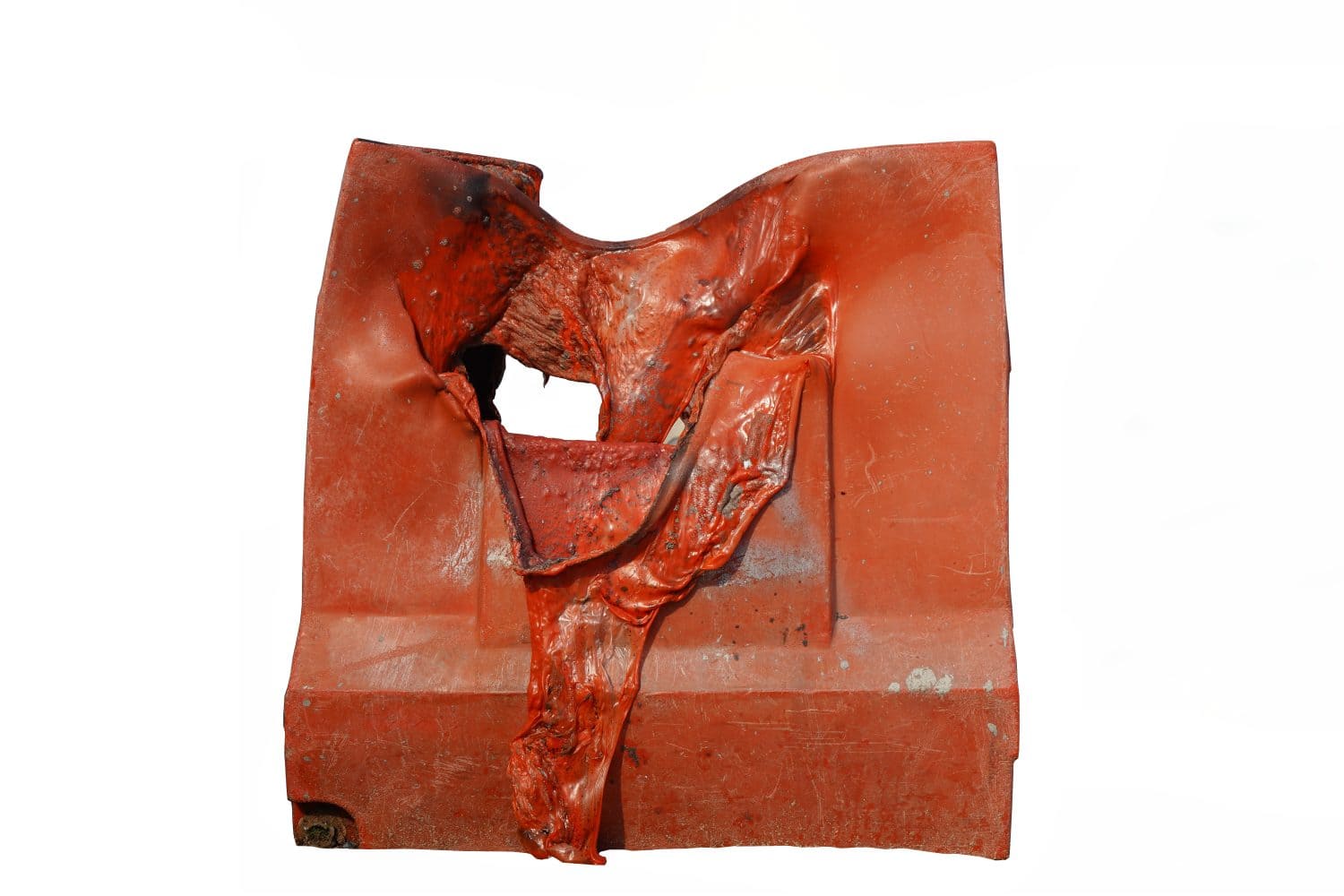
If the flame causes the fabric to release a chemical smell or even melt the material, then it’s probably fake leather. Real leather, on the other hand, will only slightly char, and release a smell similar to burnt hair. To conduct this test without destroying the item, select an area on the underside, or in a inconspicuous area. That way, regardless of how the test goes, you’re product won’t be too ruined from exposure to an open flame.
(For items that don’t last, discover 15 things you should never buy second-hand.)
Grain: Genuine Leather
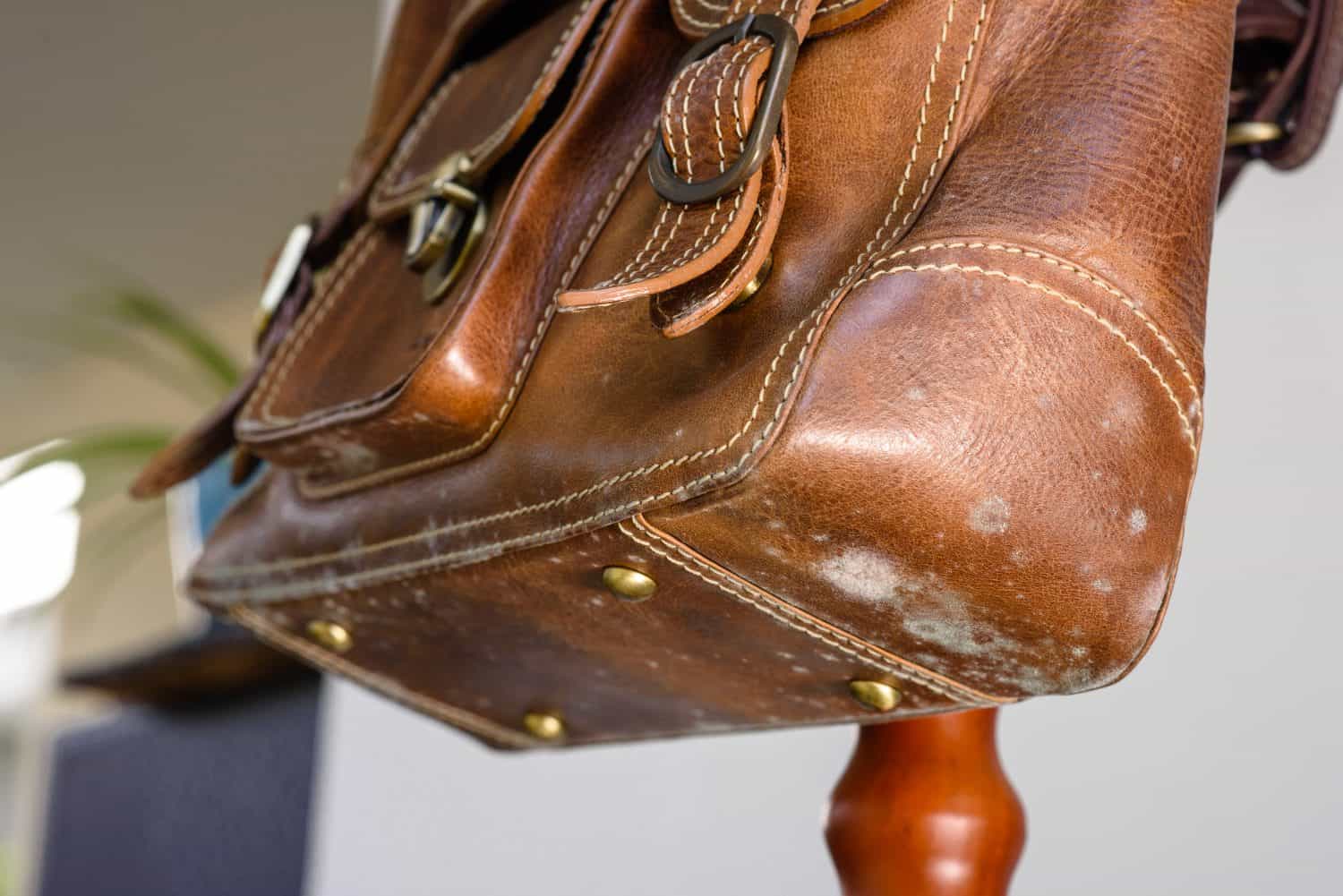
Another way to tell the difference between genuine and fake leather involves the grain of the fabric. Pick up the item and feel the leather bits in your hand. You should feel several pores or surface grains. Since real leather is made out of natural animal hide, the pores and surface grains will be present but almost random or inconsistently placed.
Grain: Fake Leather
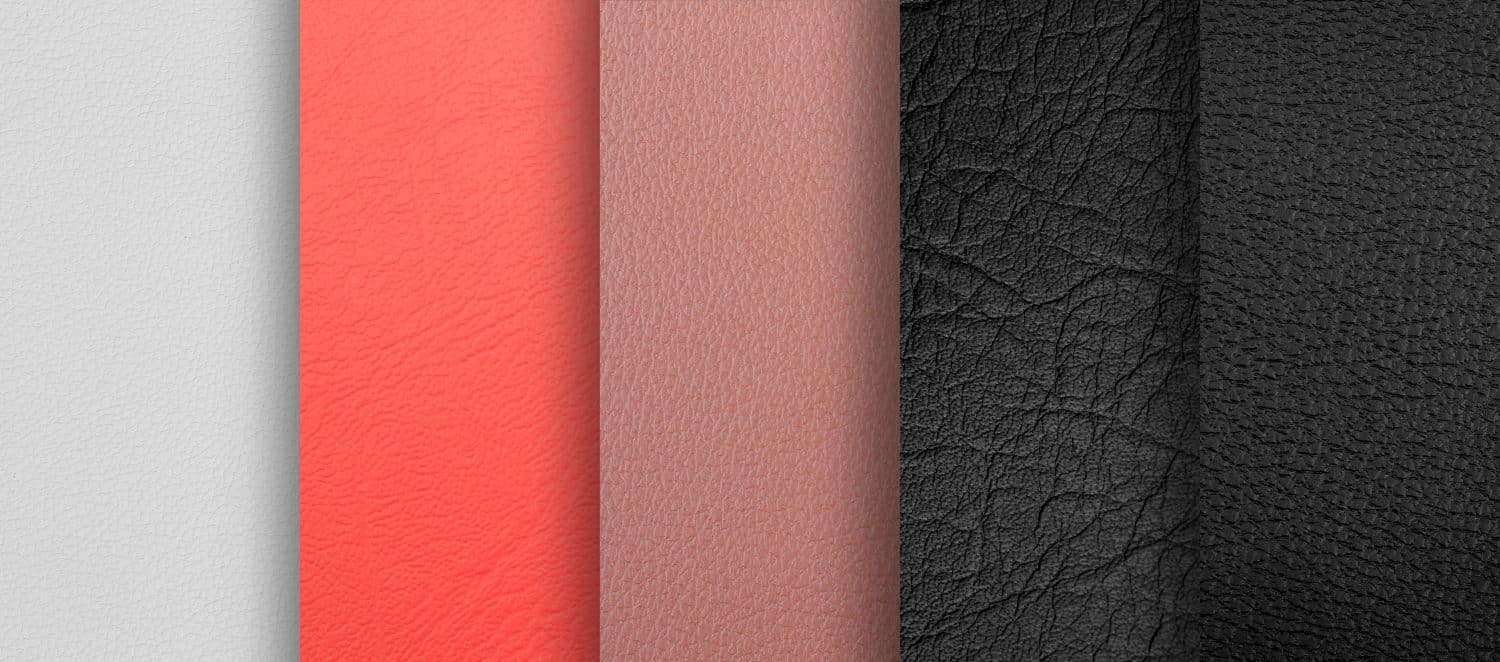
Fake leather, on the other hand, will feature almost no grains evident in your hands. While some fake leather manufacturers have mastered the fake grain, these pores and surface grains will be consistently placed along the fabric. If the grain placement feels too perfect, chances are the leather is fake or synthetic.
Edging: Genuine Leather
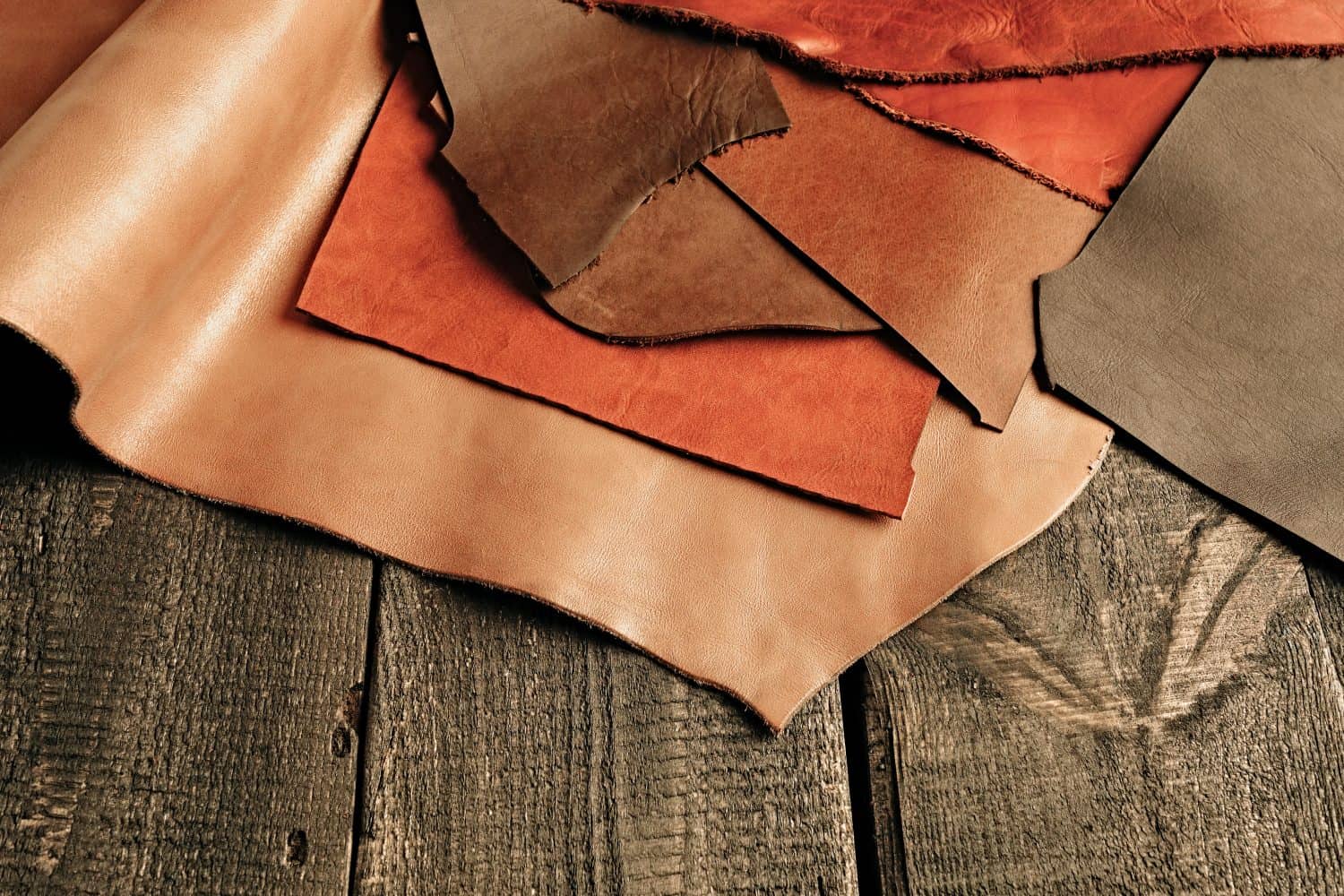
Another way to tell the difference between genuine and fake leather involves the edging on the borders of the material. While edges won’t be apparent on products like sofas, they are easily identifiable on smaller products like wallets or handbags. Real leather features rough edges. As no two leather products are made the same, or even come from the same animal, its edges will be rough and inconsistent.
Edging: Fake Leather
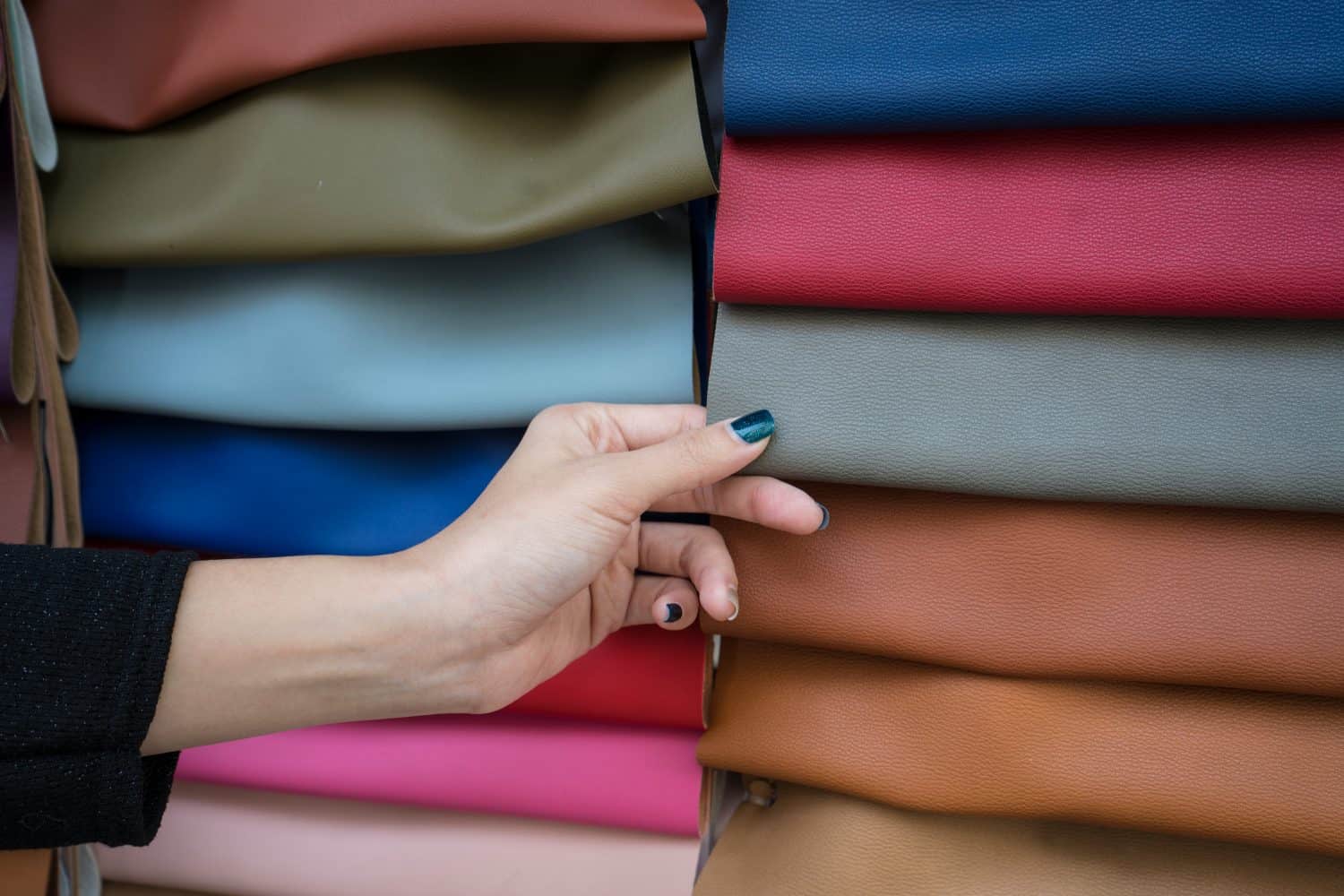
Fake leather, on the other hand, usually comes from machine-making. This means that fake leather will feature smooth edges. Furthermore, the fake leather edges will seem perfectly cut, retaining a smooth finish that’s alien to real leatherworking. As previously mentioned, this is particularly noticeable on smaller items like leather purses or handbags. If the edges are too smooth, it’s probably fake or synthetic leather.
Rigidity: Genuine Leather

Another great way to tell the difference between genuine and fake leather comes down to the rigidity of the fabric. As previously mentioned, real leather is more elastic than its fake counterparts. A piece of real animal leather will bend easily and curve with the force of your hand. Furthermore, real leather will feature real wrinkles upon bending, and its color may even change slightly with enough force.
Rigidity: Fake Leather
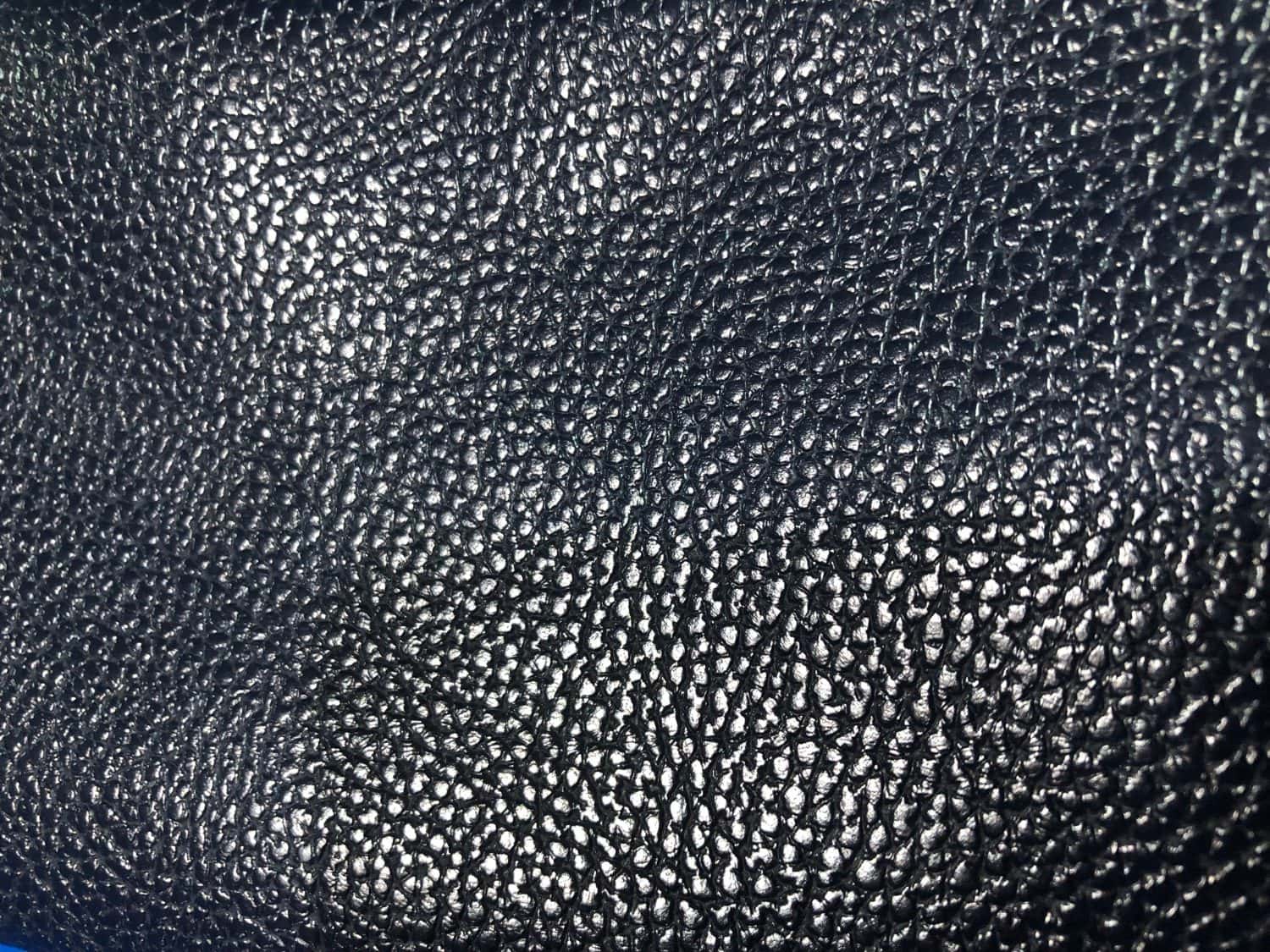
Fake leather, however, does not feature the unique elasticity of organic natural leather products. Synthetic leather products will not bend like real leather nor wrinkle in your hand with enough coaxing. Instead, it will remain rigid even with forceful bending. Furthermore, it will keep an unnatural stiffness, and not change color like its natural counterparts.
Moisture: Genuine Leather
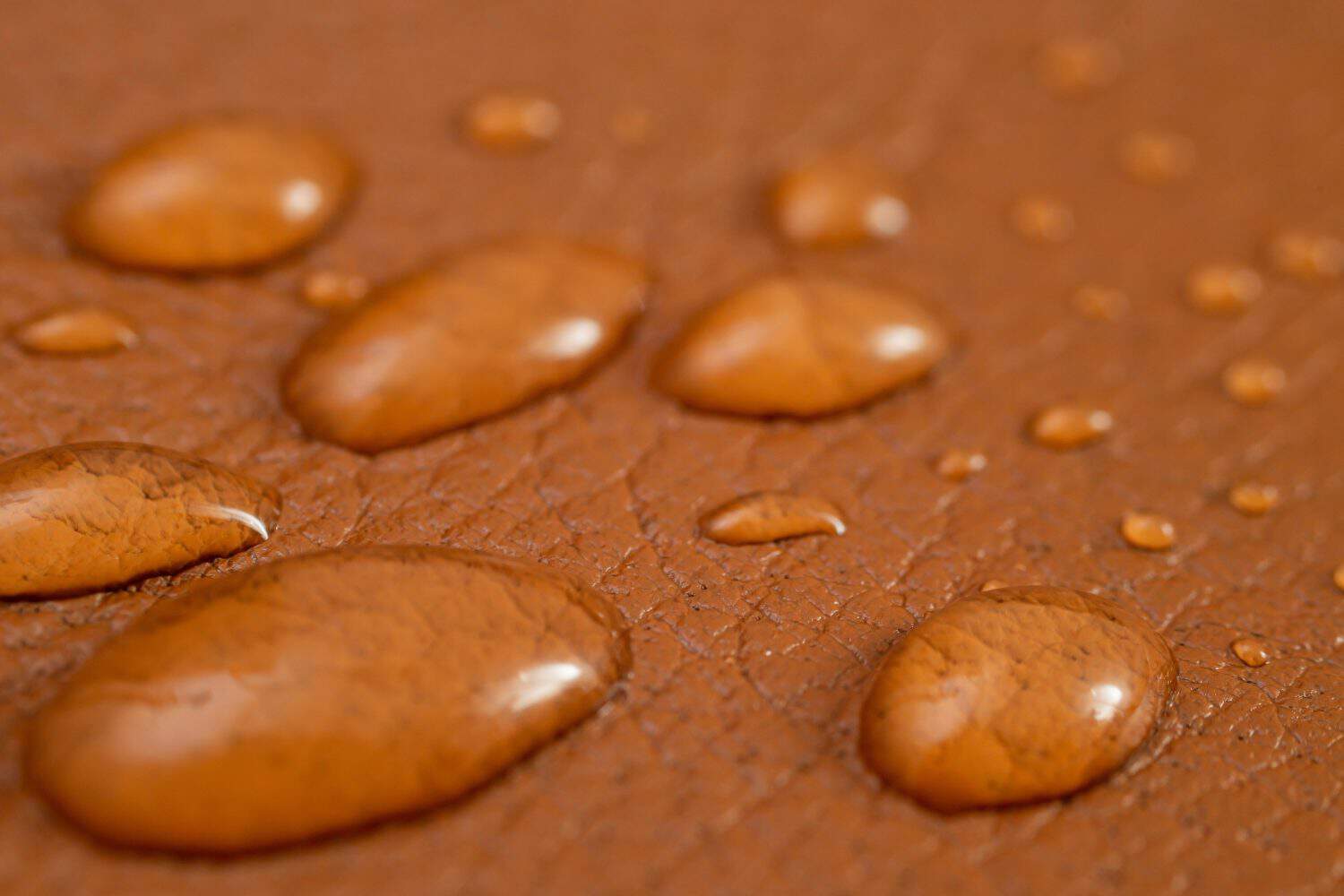
Another surefire way to tell the difference between genuine and fake leather involves the use of a water test. To test, simply take a few drops of water and place them on the surface of the fabric. Real leather will absorb the water droplets within a few seconds, leaving only a damp spot as a trace of their placement.
Moisture: Fake Leather
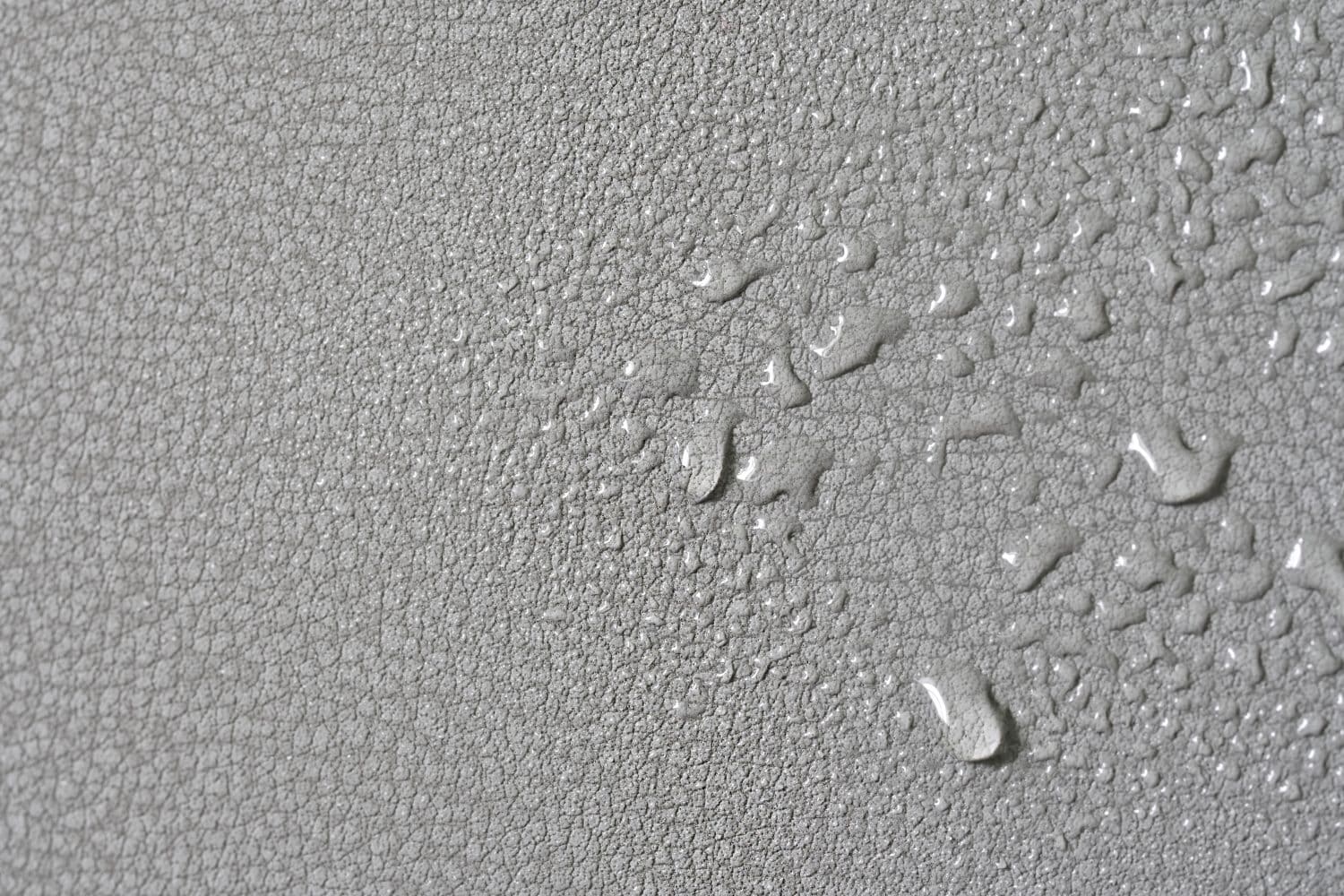
Fake leather, on the other hand, is simply too synthetic to absorb water the way that natural animal hides can. If you carry out the water test on fake leather, instead of absorbing the water droplets in a few seconds, the synthetics will keep the water out. If water pools on the fabric instead of absorbing it, it’s most likely fake or synthetic.
Price: Genuine Leather
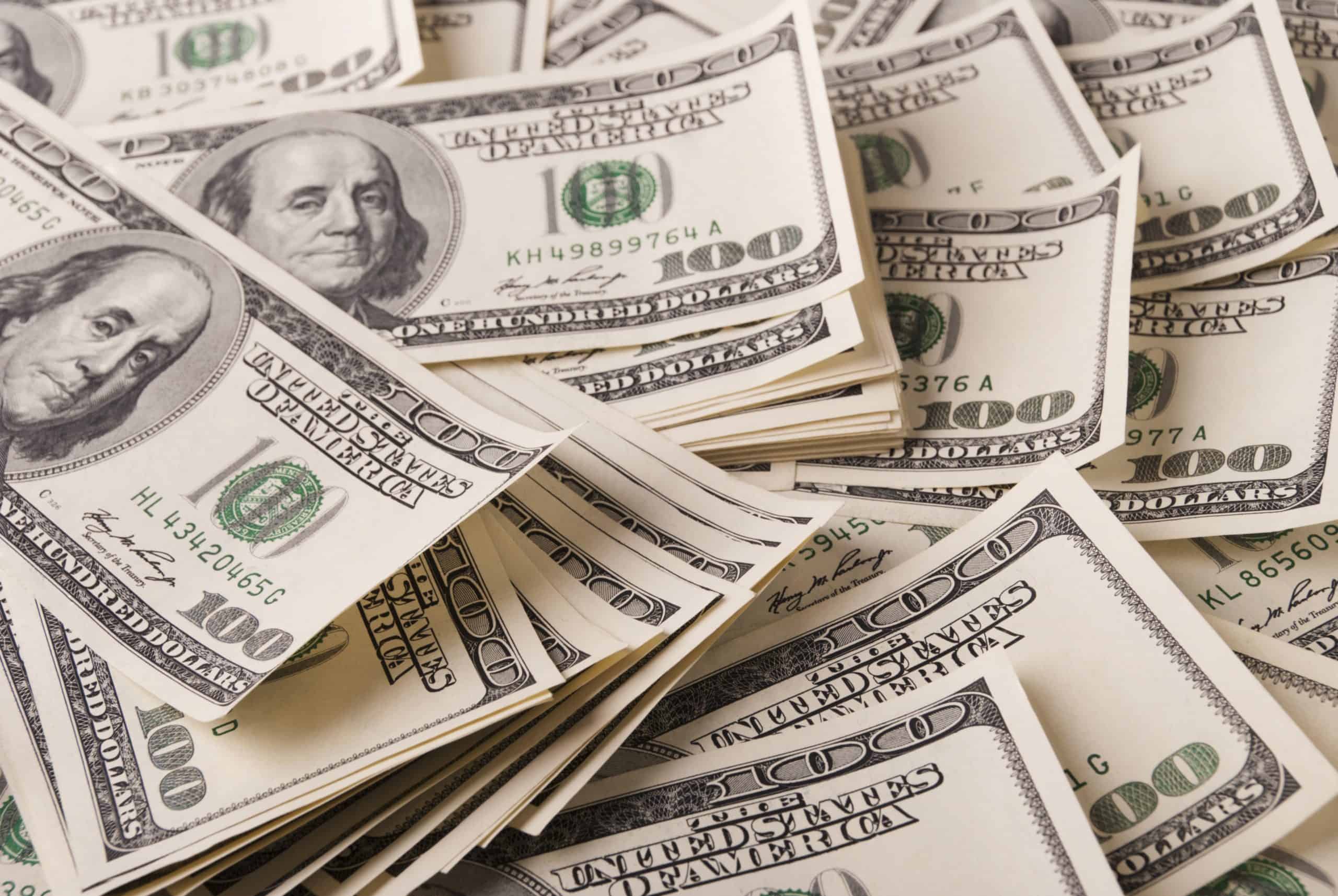
As the timeless saying goes, you can either get something good or cheap. That’s why checking the price of a leather or synthetic leather product can tell you everything you need to know regarding its authenticity. As a general rule of thumb, 100% genuine leather will always cost more than its synthetic counterparts. While most genuine leather goods will feature a similar price, there are levels to it. Top-grain leather quality bags will cost more than regular cowhide leather bags. Furthermore, other types of leather like nubuck, Nappa leather, patent leather, and calfskin leather may feature noticeably different prices.
Price: Fake Leather
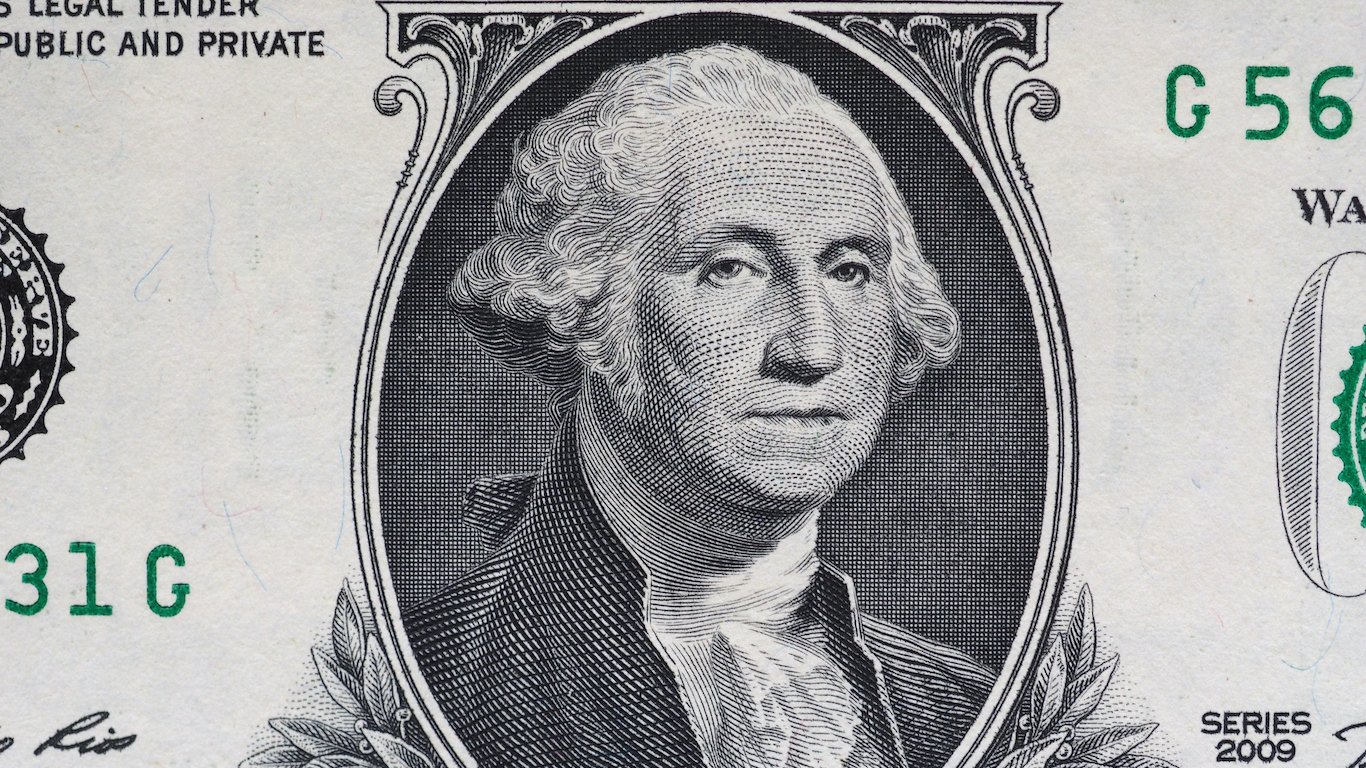
Detail of President George Washington engraving on 1 dollar note money (USD), currency of United States of America
If the price seems too good to be true, it probably is. Fake leather and other synthetics will usually cost considerably less than their genuine counterparts. That’s why it’s important to shop around first to get a better sense of the pricing scales of real leather compared to those of fakes. It should be noted, however, that some high-quality vegan leather products like handbags may cost even more than genuine leather bags of a similar style.
Color
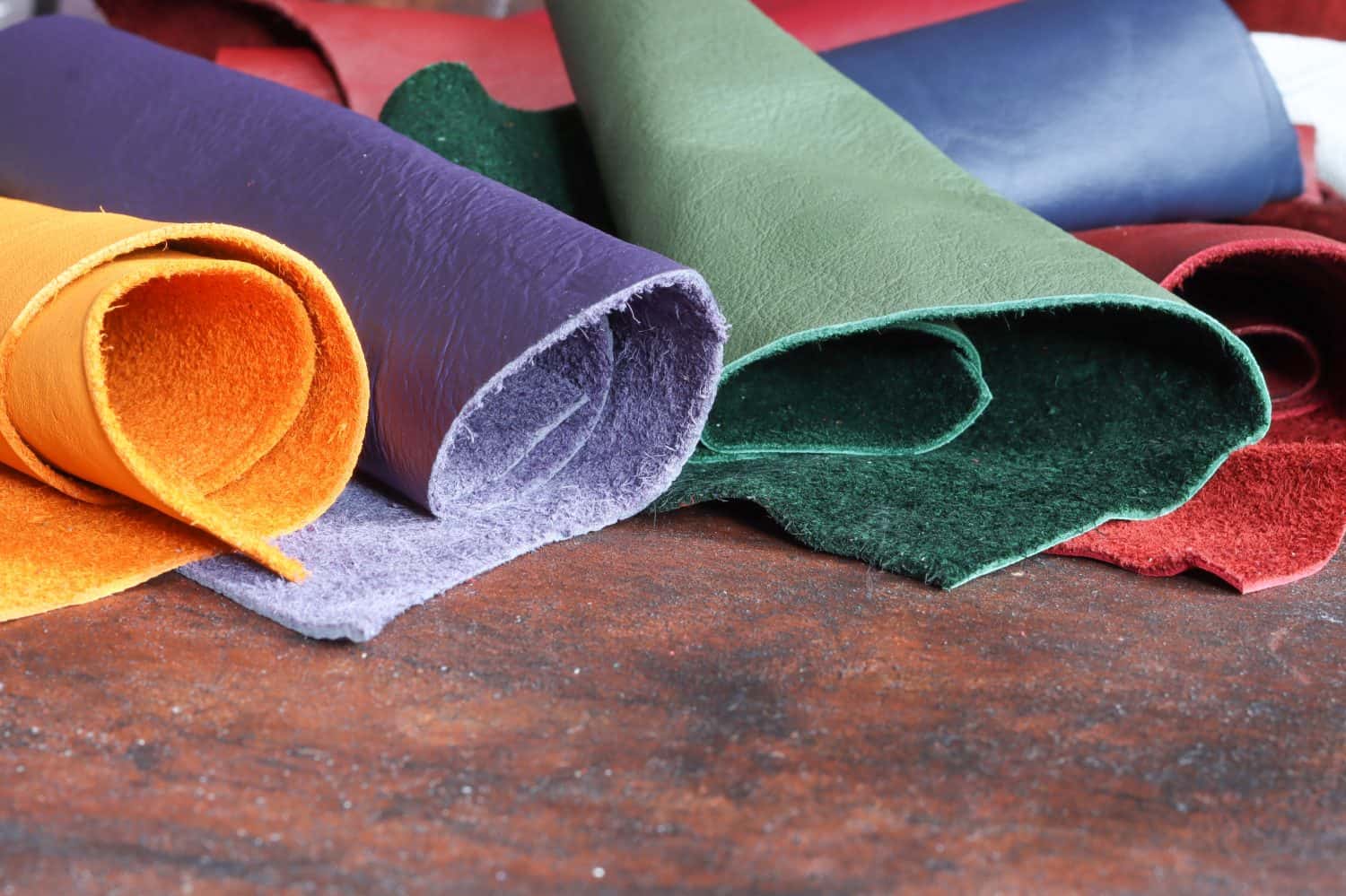
While color can help you discover the authenticity of a product, it may be the worst way to tell the difference between genuine and fake leather is the color of the material. It’s the worst test because colors dye equally well with genuine and fake leather. While some real leather lacks dyes, giving it a certain uneven but distinct visual character, just as many fakes feature embossing that resembles this organic patina.
Furthermore, many leather bags and even sofas of natural providence can appear fake. That’s because they feature unnatural bright and consistent coloring, often in orange, yellowish, or dark brown tones. Don’t let this appearance of synthetic coloring sway you, however, as these apparent fakes may be very real. That’s why it’s better to invoke your hands for touch, feel, and consistency when determining whether a fabric contains genuine or fake leather. (For other consumer tips, discover red flags to watch for when buying a used car.)
